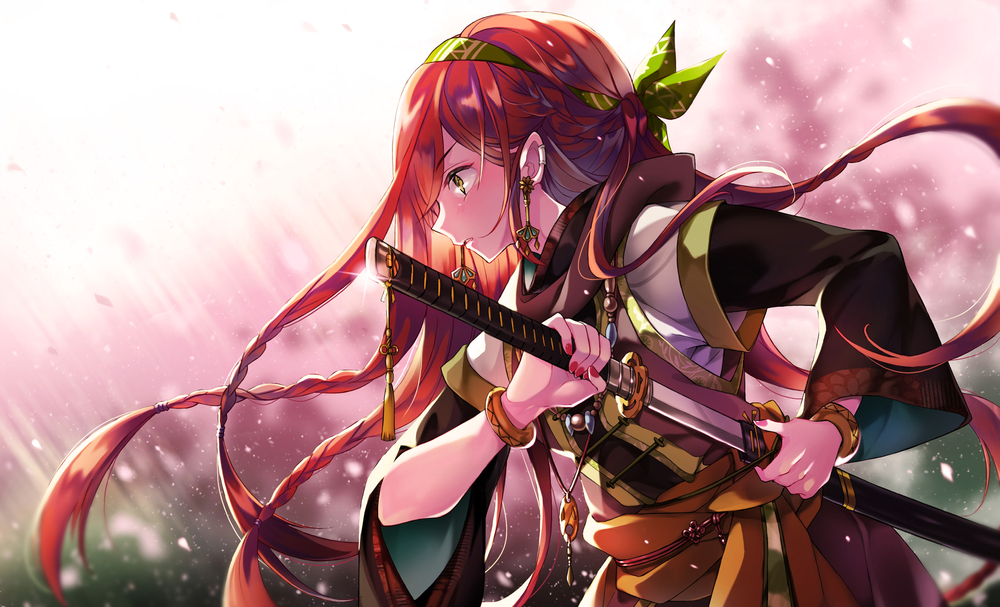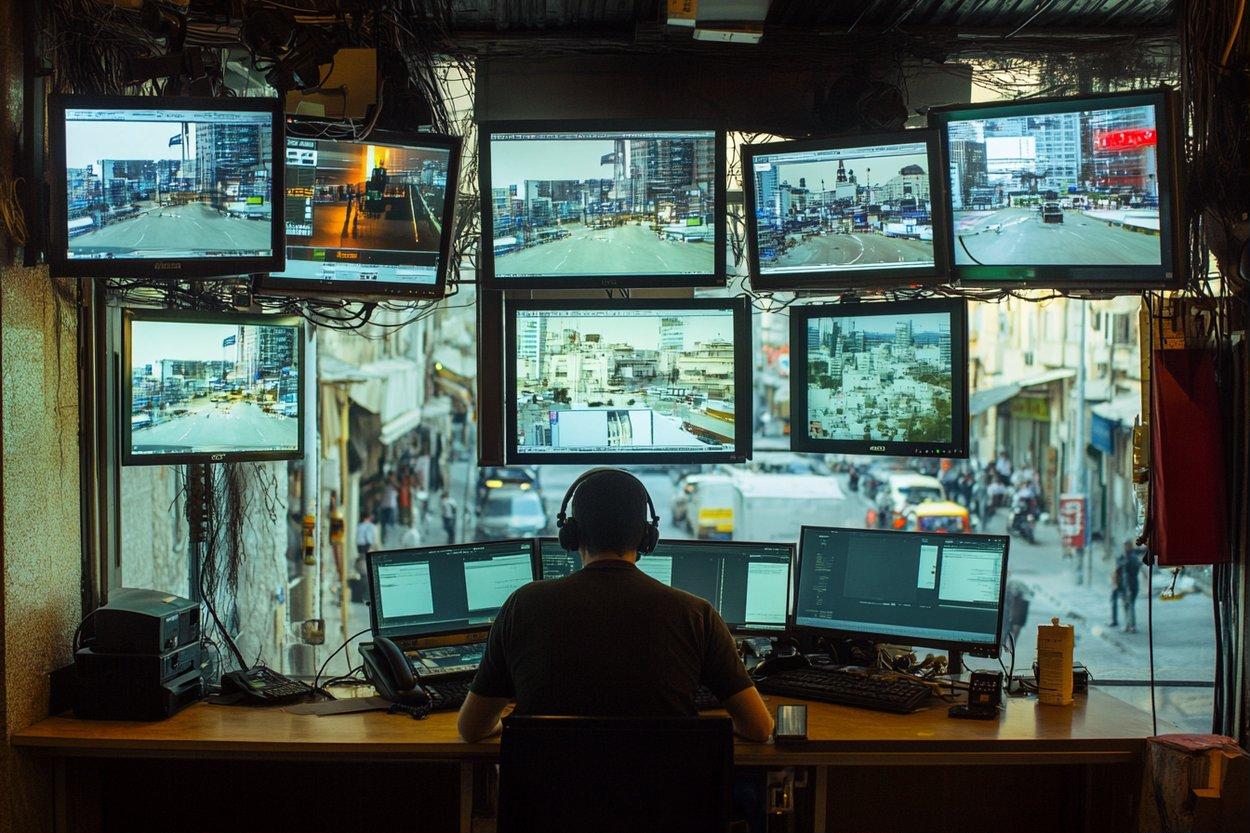Pioneering the Screen: The Rise of Anime in Western Pop Culture
Anime, a captivating form of animated storytelling rooted in Japanese culture, has infiltrated Western pop culture with a force that can't be ignored. In this article, we'll delve deep into the fascinating journey of anime, its surge in popularity, and its profound impact on Western entertainment.

A Journey from East to West: Tracing the Roots of Anime
Anime’s origins can be traced back to the early 20th century in Japan. However, it was the post-World War II era that saw the blossoming of this art form into a cultural phenomenon. Pioneers like Osamu Tezuka, known as the “God of Manga,” played a critical role in shaping anime’s narrative style and visual appeal.
Striding into the Western Hemisphere: Anime’s Arrival on Foreign Shores
The 1960s marked the beginning of anime’s journey into Western pop culture. Shows like Astro Boy and Speed Racer were among the first wave of anime series to find success on American television. Over time, anime has evolved from a niche interest to a mainstream staple in Western entertainment.
Today’s Anime Culture: Anime in the Modern Western Landscape
Today, anime’s influence stretches across various forms of media, from film and television to video games and digital art. Big-budget Hollywood adaptations of anime classics, like Ghost in the Shell and Alita: Battle Angel, speak volumes about anime’s cultural infiltration.
The Impact of Anime: More than Just Entertainment
Anime’s rise isn’t just about entertainment. It has reshaped the Western perception of animation, challenging the notion that it’s merely a children’s medium. Anime tackles complex themes and narratives that resonate with adults, making it a transformative force in Western storytelling.
Looking Ahead: The Future of Anime in Western Culture
As anime continues to gain traction, the future seems promising. The continued success of anime conventions, streaming platforms dedicated to anime, and the increasing recognition at major award events all point to a future where anime is not just accepted but celebrated in Western pop culture.
Anime’s rise in Western pop culture is a testament to the power of artistic expression to transcend cultural barriers. The journey of anime from a local phenomenon to a global powerhouse is an exciting narrative of cultural exchange and adaptation. As we continue to consume and appreciate anime, we also deepen our understanding of the rich and diverse culture from which it springs. This is the magic of anime - it’s more than just entertainment; it’s a bridge between cultures, a catalyst for dialogue, and a testament to the universal appeal of storytelling.




